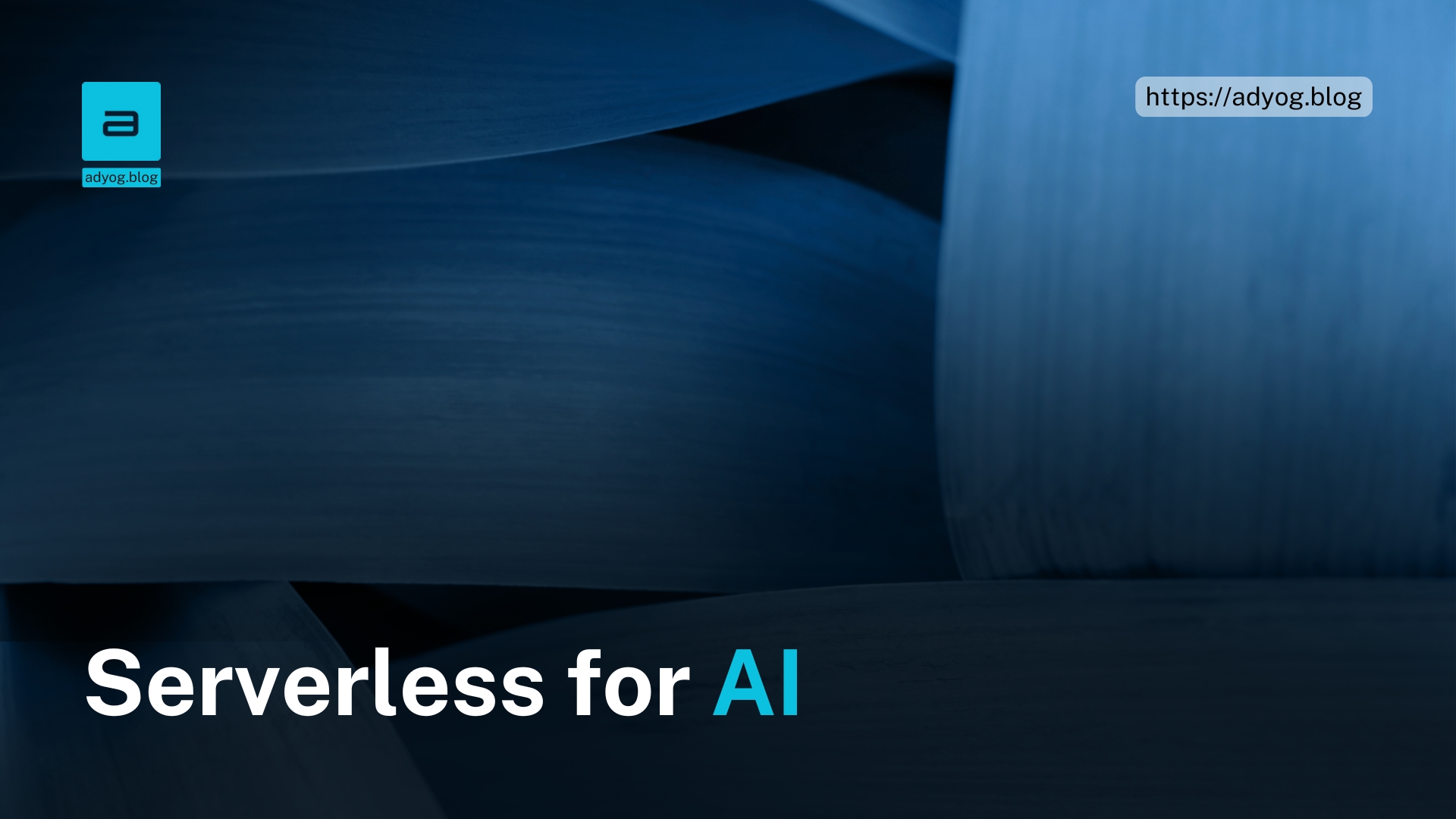“The promise of AI is transformative, but the complexities of deployment often stand in the way of innovation.” AI is no longer confined to niche industries—it is revolutionizing healthcare, finance, education, and more. Yet, many organizations struggle with infrastructure costs, scaling challenges, and operational complexities. Serverless AI offers a groundbreaking solution, enabling businesses to focus on building intelligent systems without the burden of managing infrastructure. By dynamically scaling resources and minimizing operational overhead, serverless computing redefines scalability and efficiency in the AI landscape.
Key Principles of Serverless in AI
1. No Infrastructure Management
- What it Means: Serverless platforms abstract away server management, including OS patches, Kubernetes clusters, and virtual machines.
- Benefits:
- Simplifies development workflows by eliminating maintenance tasks.
- Allows teams to concentrate on creating AI models and features.
2. Dynamic Scaling for Inference Workloads
- How It Works: Serverless platforms monitor resource usage (e.g., CPU, memory) and automatically scale instances based on demand.
- Benefits:
- Cost Efficiency: Eliminates expenses associated with idle resources.
- Peak Performance: Ensures seamless handling of traffic surges during events like sales or app launches.
- Example: An online gaming platform scales AI-driven matchmaking systems in real-time to handle millions of concurrent players.
3. Handling Cold Starts
- What are Cold Starts?: A delay caused by initializing serverless resources to process the first request.
- How Inferless Mitigates It:
- Model Weight Preloading: Frequently used models are preloaded to avoid startup delays.
- Optimized Scheduling: Prioritizes popular models to minimize response times.
- Visual Aid: Below is a diagram illustrating cold start mitigation: (Insert diagram of a cold start process and Inferless’s preloading approach)
4. Differences Between Serverless Containers and ML Models
- Serverless Containers:
- Broadly applicable for general workloads.
- Relies on basic scaling mechanisms.
- Serverless ML Models:
- AI-specific optimizations, including GPU utilization, framework support, and model caching.
Use Cases and Real-World Examples
1. Fraud Detection and Anomaly Identification
- Application: Financial services use AI to detect fraudulent transactions in real-time.
- Example: A payment gateway leverages serverless AI to scale during Black Friday sales, ensuring immediate anomaly detection.
2. Generative AI Applications
- Application: AI creates personalized content, music, or educational material.
- Example: Pharmaceutical companies use serverless AI to accelerate drug discovery by analyzing billions of molecular combinations.
3. Real-Time Recommendations
- Application: AI suggests products, services, or content based on user behavior.
- Example: A streaming service scales its recommendation engine dynamically during new season premieres.
4. Edge AI and IoT
- Benefits:
- Predictive Maintenance: Real-time equipment monitoring in factories to prevent failures.
- Anomaly Detection: Identifying irregularities in industrial processes.
- Example: A smart factory uses serverless AI to analyze sensor data on the edge, providing actionable insights in milliseconds.
How Inferless Enables Serverless AI
1. Optimized for AI Hardware
Inferless prioritizes GPUs and TPUs, ensuring models perform efficiently on high-performance hardware.
2. Preloaded Model Weights
Inferless caches frequently used models, reducing cold start times and enabling sub-second response times.
3. Automated Scaling
Inferless dynamically allocates resources, allowing businesses to scale from zero to hundreds of GPUs in seconds.
4. Holistic Integration
Inferless supports leading frameworks (e.g., TensorFlow, PyTorch) and integrates seamlessly with hybrid and multi-cloud environments.
The Future of Serverless AI
1. Integration with AutoML
AutoML advancements will further simplify model deployment, making AI accessible to non-experts.
2. Enhanced Security and Compliance
Serverless platforms will offer improved tools for managing sensitive data, ensuring compliance with regulations like GDPR.
3. Federated Learning and Edge Computing
Serverless AI will enable decentralized learning, enhancing privacy and reducing the need for centralized data storage.
4. Advancing AI-Driven Scheduling
AI-optimized schedulers will ensure even faster response times and smarter resource allocation for complex workloads.
Explore More
- AI Services: Explore our AI services for more details.
- Digital Product Development: Discover our digital product development expertise.
- Design Innovation: Learn about our design innovation approach.





Leave a Reply